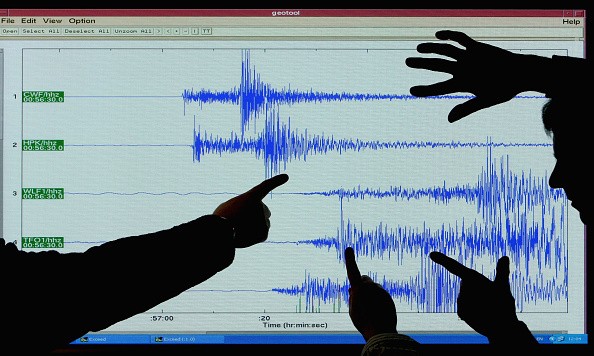USGS (the United States Geological Survey) has developed new software that could detect upcoming earthquakes. This new system called ShakeAlert is now available in the U.S.

To make this innovation a reality, USGS decided to collaborate with West Coast to roll out the new system in the United States, marking ShakeAlert's debut.
"USGS science is the backbone of hazard assessment, notification, and response capabilities for communities nationwide so they can plan for, and bounce back from, natural disasters," said USGS Acting Director David Applegate.
"Systems powered by ShakeAlert can turn mere seconds into opportunities for people to take life-saving protective actions or for applications to trigger automated actions that protect critical infrastructure," he added.
How USGS ShakeAlert Works?
According to EOS.Org's latest report, the new ShakeAlert system has expanded to more than 50 million people on the United States West Coast. Thanks to this extension, it now covers one of the most seismically hazardous regions of the U.S.
Experts said that this new software is essential since a major earthquake in one of the West Coat's largest cities, specifically Los Angeles, San Francisco, Seattle, and Portland, could endanger more than millions of people, as reported by USGS's official website.

To help them avoid any upcoming earthquake, the USGS' new advanced system will send them a warning before, during, and after an earthquake. It will specifically send the message "Earthquake Detected! Drop, Cover, Hold on. Protect Yourself."
On the other hand, ShakeAlert also notifies the user if they are currently in the affected area of an earthquake of around magnitude 5 and above. USGS also explained that it uses a group of sensors to detect strong shaking activity.
Once it detects an unusual behavior in the Earth's mantle, it will then send the information to a processing center, which will send the alerts to the people in the affected areas.
Smartphone Alternative of ShakeAlert
Furthermore, users can also use the so-called MyShake app, which is currently offered by Google Play Store and Apple's App Store. This application will send you an alert for incoming earthquakes.
Experts explained that it works like the Wireless Emergency Alerts (WEA) system, which is also used by ShakeAlert. Compared to USGS' new system, the MyShake app only identifies smaller earthquakes, which is around 4.5 magnitude and above.
For more news updates about USGS' new ShakeAlert system and other similar technologies, always keep your tabs open here at TechTimes.
Related Article : Apple Releases Plan for 2030 to go Carbon Neutral with Progress Report Detaling Use of Alternative Power Sources
This article is owned by TechTimes
Written by: Griffin Davis
![Apple Watch Series 10 [GPS 42mm]](https://d.techtimes.com/en/full/453899/apple-watch-series-10-gps-42mm.jpg?w=184&h=103&f=9fb3c2ea2db928c663d1d2eadbcb3e52)



